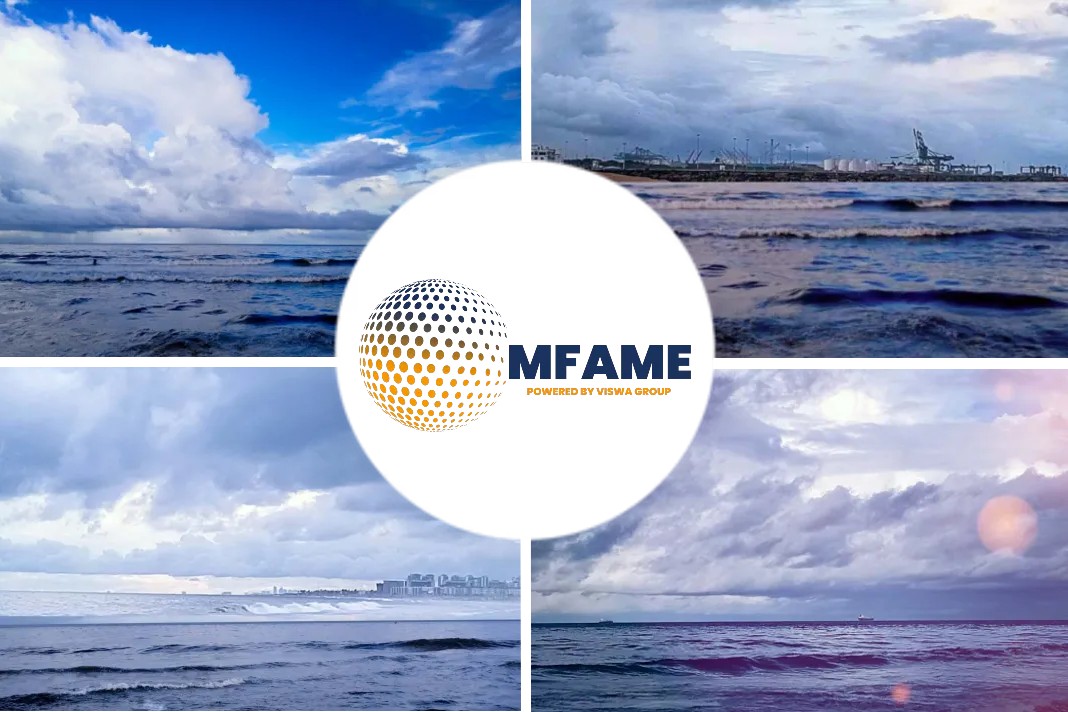- Containership demolition market prepared to weed out the oldest and dirtiest vessels from their fleets ahead of the IMO 2020 rule.
- Currently, 10 container vessels have been scrapped so far in 2019 when compared to only one vessel in 2018.
- Owners are scurrying for getting longer-term fixtures with the installation of exhaust gas-cleaning systems (scrubbers).
According to Loadstar, the containership demolition market is all set to rebound this year as owners weed out the oldest and dirtiest vessels from their fleets ahead of the IMO 2020 low-sulphur regulations.
Vessels to be scrapped
According to London shipbroker Braemar ACM, 10 container vessels have been scrapped so far in 2019, compared with just one ship at the same time a year ago, and a total of only 54 container vessels that were sent to the breakers yards in the full 12-month period.
Higher charter hire rates in 2018, resulting from a strengthening in demand, persuaded owners to postpone their plans to recycle their ships and instead reactivate idled tonnage. This was no more evident than in the classic Panamax segment of 4,000 – 5,300 teu ships that saw hire rates double to about $10,000 per day.
Seeking employment
The most recent data from Alphaliner has recorded 20 Panamax vessels at anchor seeking employment, with some 12 ships likely to join this redundant fleet within the next month as their charter parties expire.
A broker commented that many enquiries have been pouring in for getting longer-term fixtures were stipulating interest in either young fuel-efficient vessels, or ships that would have exhaust gas-cleaning systems (scrubbers) installed.
Scrambling for IMO 2020 compliance
From 1 January 2020, ships trading around the world will be required to consume fuel with a maximum sulphur content of 0.5% or have a scrubber system installed that will refine the less expensive heavy fuel oil (HFO).
Moreover, in practice vessels without a scrubber system fitted will need to replenish their tanks with low-sulphur fuel oil (LSFO) before the end of the year in order to be compliant by 1 January. Most analysts predict that the difference between HFO and LSFO will be in the region of $200 per ton.
Return on investment
Assuming that scenario to be the case in January 2020, shipowners could, in theory, recoup the cost of their investment in scrubbers within a few years, depending on the size of the ship and its trading pattern. But this same scrubber economics will not apply to elderly ships with asset values that are not significantly in excess of the cost of installing the onboard refining systems, which could be up to $10m a unit.
Conclusion
The non-operating owners of older tonnage will renew their interest in scrapping as the year progresses, thus providing a boost to the demolition market. Furthermore, scrapping will also be on the agendas of ocean carriers as they brace themselves for IMO 2020.
Did you subscribe for our daily newsletter?
It’s Free! Click here to Subscribe!
Source: The Loadstar
























